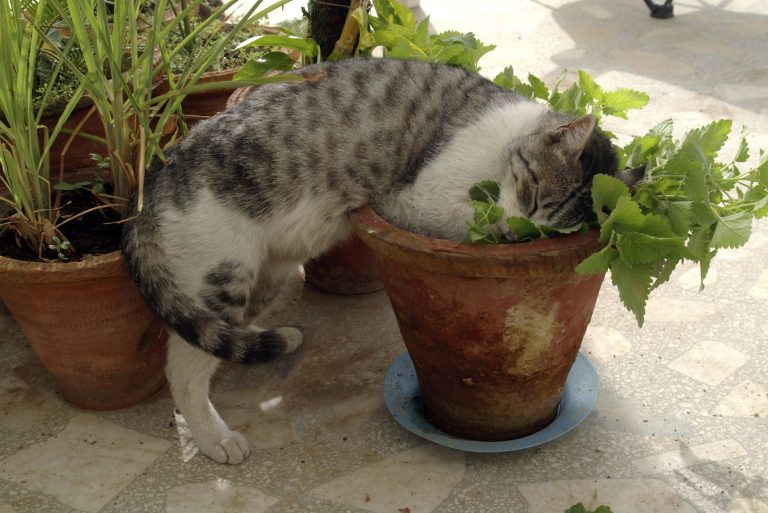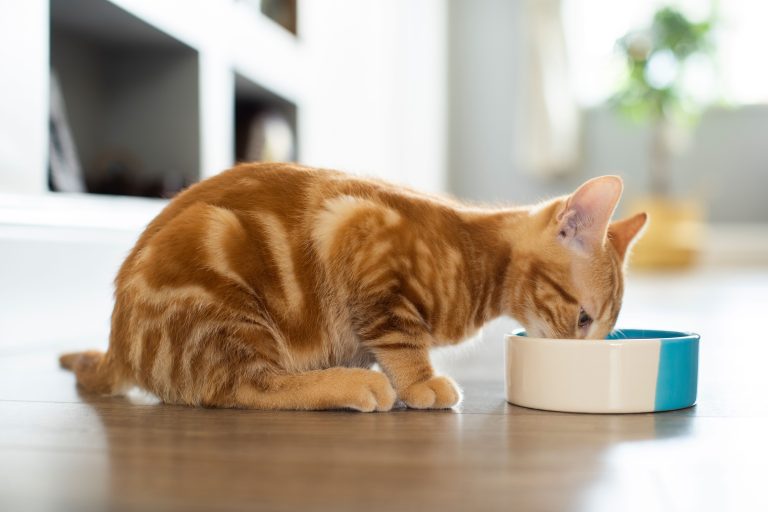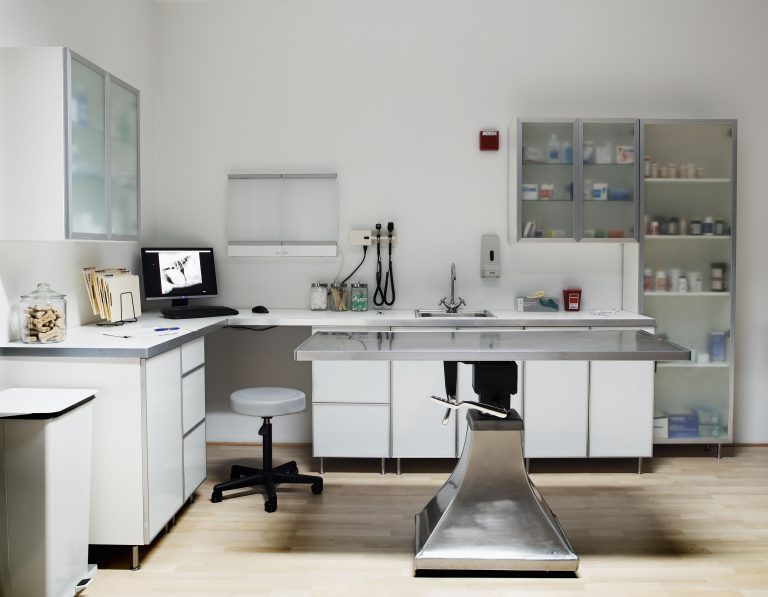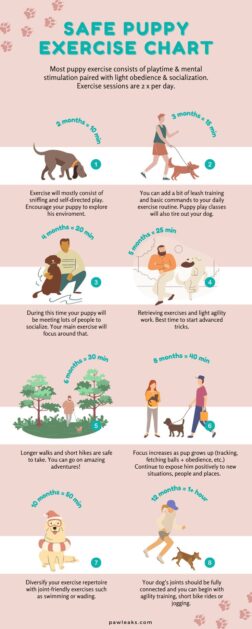
The Puppy Exercise Chart provides essential guidelines for exercising your puppy. It is recommended that puppies exercise for about five minutes every month of their age, once or twice a day, apart from free play with toys or other pets.
This chart helps identify the appropriate exercise for your pup based on age. As your puppy grows, you can gradually introduce stairs, jumping, and swimming. Ensuring that the training is appropriate for their growing bodies, helps avoid injuries, and improves performance is essential.
By following the Puppy Exercise Chart guidelines, you can ensure that your puppy gets the right amount of exercise for their overall development and well-being.
Understanding Puppy Exercise
When raising a healthy and happy puppy, exercise plays a crucial role in their development. Understanding how to exercise your puppy appropriately is essential to prevent excessive strain on their growing bodies and promote good health. This section will explore the vital guidelines for puppy exercise, including what is appropriate for a puppy, how much training they need, and when to start exercising them.
What Is Appropriate Exercise for a Puppy?
Puppies have endless energy and enthusiasm, but it’s important to remember that their bodies are still developing. Too much intense exercise can strain their growing bones and joints and potentially lead to long-term health issues. As a rule of thumb, the average puppy still growing should have about five minutes of exercise every month of their age, once or twice a day. Focus on low-impact activities, such as walking, gentle play, and interactive training sessions that challenge their minds and bodies.
How Much Exercise Does a Puppy Need?
The exercise needs of puppies vary depending on their breed, size, and age. A general guideline is to provide one to two sessions of five minutes of walking each month for their period. For example, a three-month-old puppy would benefit from 15 to 30 minutes of daily exercise. However, paying attention to your puppy’s needs and energy levels is essential. If they seem tired or reluctant to continue, it’s best to give them rest and adjust the duration and intensity of the exercise accordingly.
When To Start Exercising A Puppy?
The right time to start exercising a puppy depends on their age and vaccination status. It’s essential to consult your veterinarian to ensure that your puppy is healthy and ready for physical activity. Generally, puppies can start short walks and gentle play at eight weeks old. However, exercise should gradually increase, allowing their muscles, bones, and joints to strengthen and adapt to physical activity. Additionally, providing mental stimulation and training exercises early is essential to promoting their overall development.

Guidelines For Puppy Exercise
Establishing a proper exercise routine for your puppy is essential to ensuring your furry friend’s health and well-being. Creating a daily exercise routine, understanding the importance of puppy culture, and considering the feeding schedule and exercise are vital factors to remember when determining the appropriate amount and type of activity for your puppy.
Creating A Daily Exercise Routine
Establishing a consistent daily exercise routine is crucial for your puppy’s physical and mental development. This routine will help your puppy burn off excess energy, maintain a healthy weight, and prevent behavioral issues caused by boredom. Following the “five minutes per month” rule is recommended, which means that your puppy should engage in physical exercise for about five minutes every month of their age, once or twice a day. However, it is essential to remember that each puppy is unique and may require more or less exercise depending on their breed, size, and energy level.
When creating a daily exercise routine for your puppy, consider engaging them in stimulating and enjoyable activities. Some options include interactive play with toys, short walks, controlled off-leash play with other friendly dogs, or low-impact exercises such as swimming. Be cautious not to over-exercise your puppy, as their growing bodies have delicate growth plates that can be easily damaged by excessive physical stress.
Importance Of Puppy Culture
Puppy culture refers to the socialization and training of puppies during their critical developmental period. This cultural exposure plays a vital role in shaping your puppy’s behavior, temperament, and overall well-being. Incorporating puppy culture exercises into your puppy’s exercise routine can significantly enhance their mental and emotional development.
During exercise sessions, focus on exposing your puppy to different sights, sounds, smells, and experiences. This exposure can help build confidence, decrease fear or anxiety, and promote positive associations with new environments. Introduce your puppy to various surfaces, people of different ages and appearances, and other friendly animals. These interactions will contribute to your puppy’s overall social skills and prevent them from developing fears or aggressive behaviors later in life.
Feeding Schedule And Exercise
Your puppy’s feeding schedule is coordinated with their exercise routine to ensure optimal health and digestion. Feed your puppy at least an hour before exercise to give their food enough time to digest. This will help prevent stomach upset, bloating, or discomfort during physical activities.
Additionally, it is essential to note that some breeds are prone to specific health issues, including joint problems. For these breeds, it is crucial to provide low-impact exercises and avoid activities that put excessive strain on their joints. Consult with your veterinarian to understand any breed-specific exercise limitations or recommendations that may apply to your puppy.
Remember, the key to a successful puppy exercise routine is to provide a balanced approach that combines physical exercise, mental stimulation, and socialization. By adhering to these guidelines, you can ensure a healthy and happy start for your furry companion.
Exercise And Growth Plates
The growth plates in puppies are essential for developing cartilage at the ends of their long bones. These growth plates are responsible for lengthening and shaping the bones as the puppy grows. Understanding the significance of growth plates and how to exercise your puppy correctly can help prevent injuries and ensure your furry friend’s healthy development.
Why Growth Plates Matter
Growth plates are delicate and vulnerable to damage, especially during the puppy’s rapid growth phase. They are softer and more susceptible to injury than the surrounding bone, which makes it crucial to exercise your puppy cautiously. If growth plates get injured, it can result in long-term consequences such as deformities, stunted growth, and chronic pain.
Signs Of Overexercising A Puppy
While exercise is essential for your puppy’s well-being, overexercising can strain the growth plates and lead to potential injury. Keep an eye out for these signs of overexercising in your puppy:
- Limping or favoring a leg
- Swelling or tenderness around the joints
- Reluctance to engage in physical activity
- Excessive fatigue or exhaustion
- Difficulty getting up or lying down
If you notice these signs, you must reduce your puppy’s exercise intensity and consult a veterinarian for further guidance.
How To Avoid Injuries To Growth Plates
To protect your puppy’s growth plates and prevent injuries, follow these essential guidelines:
- Limit high-impact activities: avoid jumping, running on hard surfaces, or repetitive movements that strain the joints excessively.
- Control exercise duration: Follow the “five minutes per month” rule for exercise duration. For instance, if your puppy is four months old, limit exercise sessions to a maximum of 20 minutes, divided into shorter bursts throughout the day.
- Provide low-impact exercises: Opt for low-impact activities like controlled walks, leash training, swimming, or gentle play sessions that don’t excessively stress the joints.
- Use appropriate play surfaces: choose soft, grassy areas or padded covers for play sessions to minimize the impact on the growth plates.
- Supervise playtime: Always watch your puppy during playtime to prevent them from overexerting themselves or engaging in rough activities that could harm their growth plates.
By following these guidelines and paying attention to your puppy’s signals, you can ensure their growth plates remain safe and promote healthy bone development. Remember, it’s always recommended to consult with a veterinarian for personalized advice and guidance based on your puppy’s specific breed and growth stage.
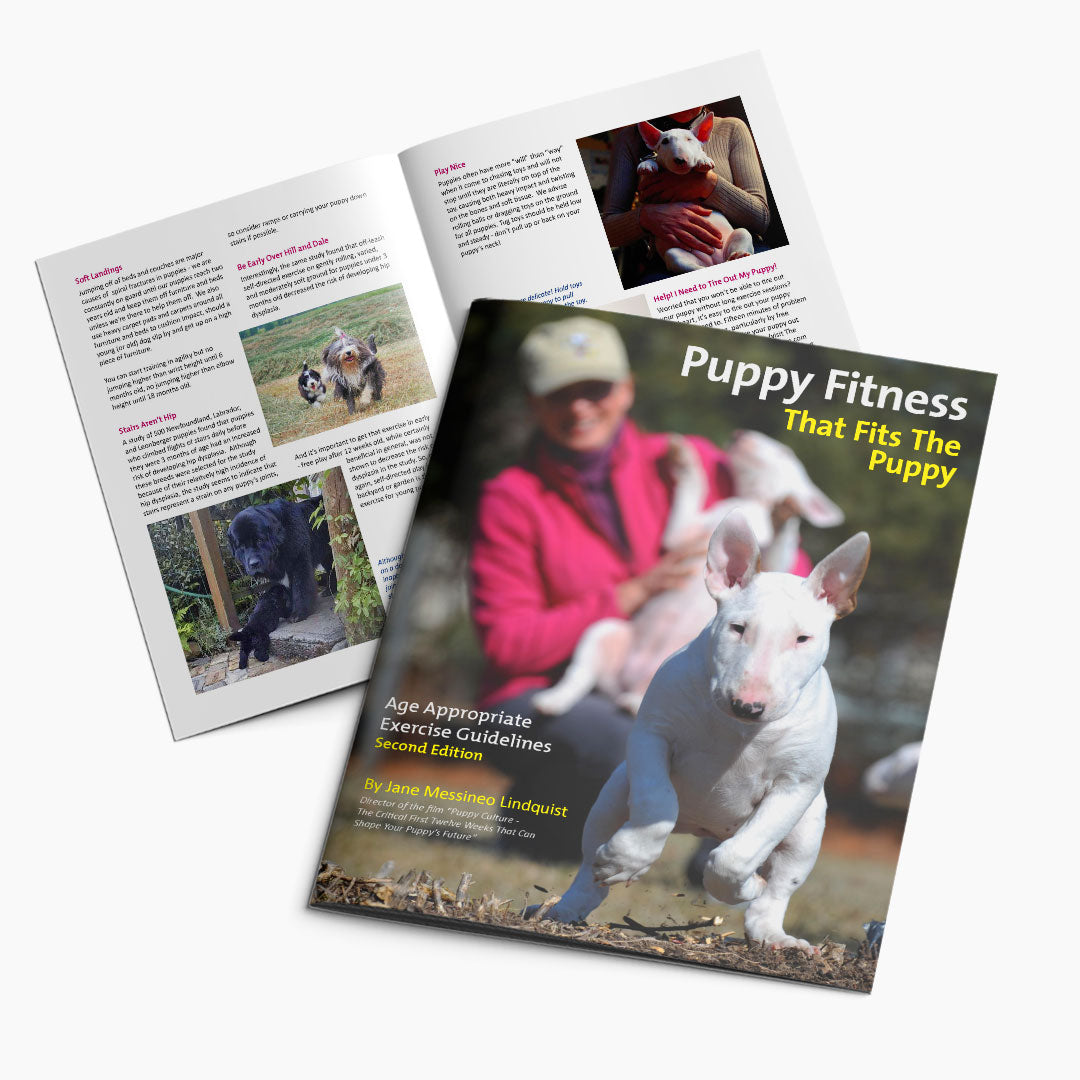
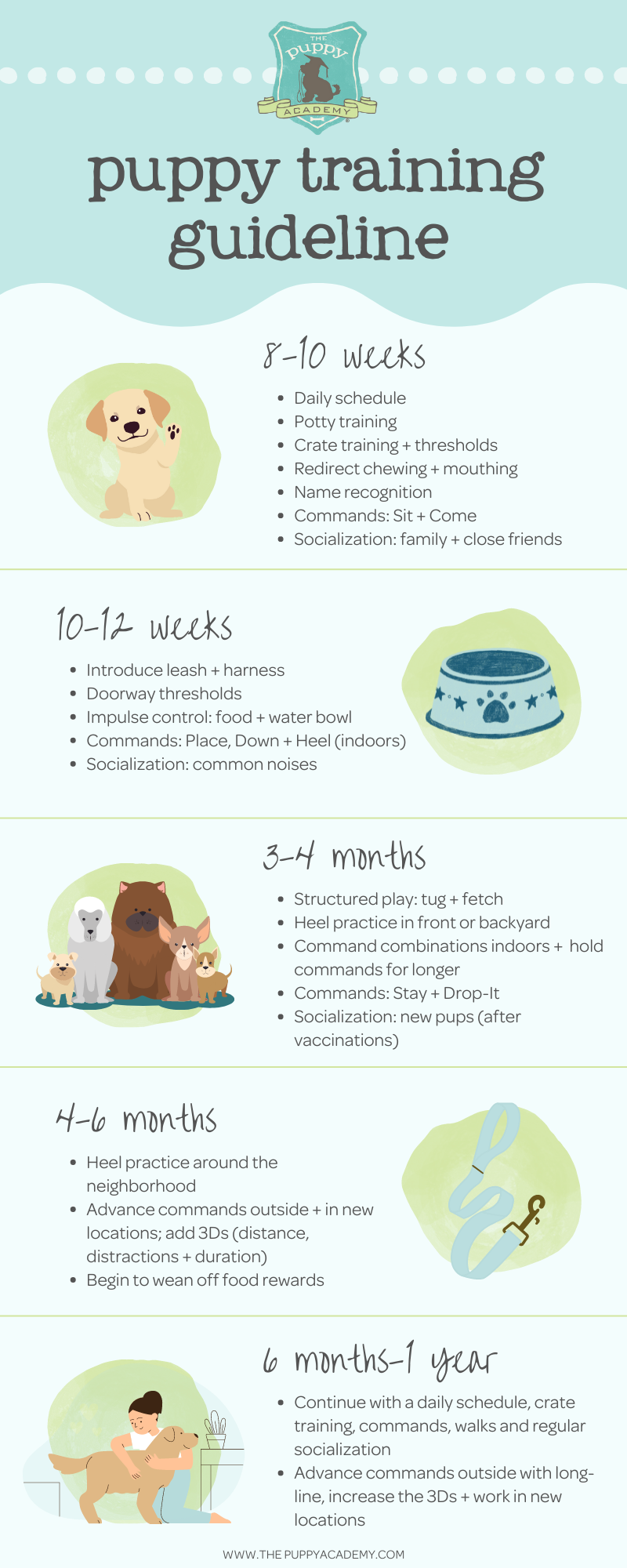
Frequently Asked Questions Of Puppy Exercise Chart – Important Guidelines!
What Is Appropriate Exercise For A Puppy?
For a growing puppy, appropriate exercise includes 5 minutes per month of age, once or twice a day. This can consist of playtime with toys or other pets. Activities like stairs, jumping, and swimming can be introduced gradually as they grow.
Check out the puppy exercise chart for more guidance.
How Much Exercise Does A Puppy Need Chart?
A puppy needs about five minutes of exercise every month of their age, once or twice daily. This includes free play with toys or with other pets. You can gradually introduce activities like stairs, jumping, and swimming as they grow.
Check out our puppy exercise chart for more guidelines.
What Is The Rule Of Thumb For Puppy Exercise?
Puppies should exercise for about five minutes per month of age, one to two times a day. This includes free play with toys or other pets. They gradually introduce activities like stairs, jumping, and swimming as they grow. Check out our puppy exercise chart for more guidance.
How Long To Walk A Puppy Chart?
The rule of thumb for walking a puppy is about five minutes every month of their age, once or twice a day. It is important to gradually introduce more activities as the puppy grows, such as stairs, jumping, and swimming.
Playtime is also vital for their development.
Conclusion
Incorporating a puppy exercise chart into your furry friend’s routine is crucial for their physical and mental well-being. Following these essential guidelines ensures that your puppy gets the appropriate exercise as they grow. Remember, short bursts of activity, such as five minutes per month of age, are recommended to prevent any harm to their developing bodies.
Playtime and other activities that promote coordination and awareness are also beneficial. So, use this chart as a reference to keep your puppy active and healthy!

